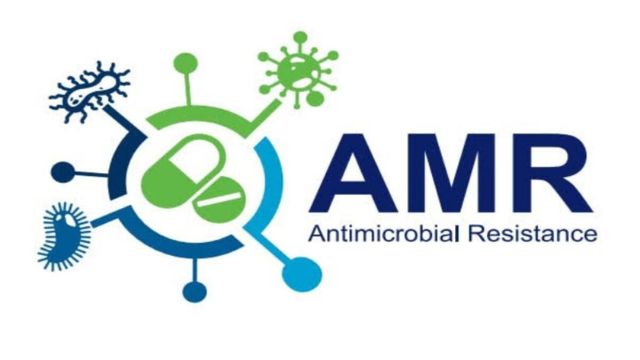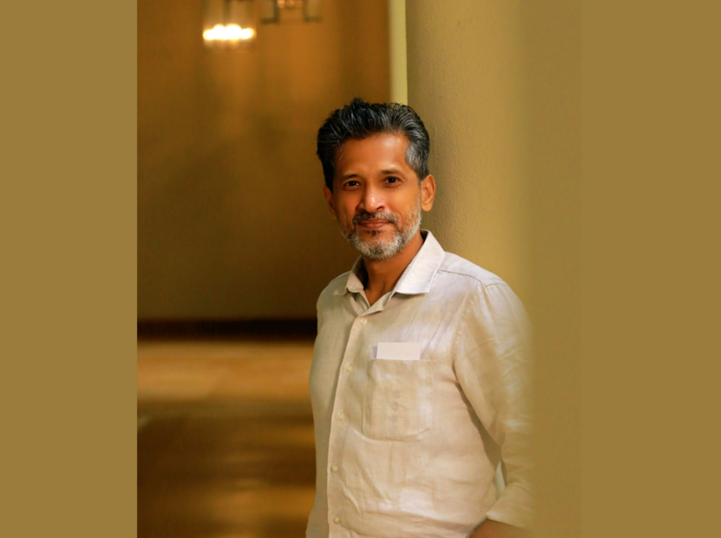Antimicrobial Resistance (AMR): The Silent Epidemic in India

Antimicrobial resistance (AMR) is one of the most urgent health challenges facing India today. AMR occurs when bacteria, viruses, fungi, and parasites evolve to resist the effects of drugs designed to kill them, rendering antibiotics and other antimicrobial treatments ineffective. This global issue is especially critical in India due to overuse, misuse, and the unregulated sale of antibiotics, creating a perfect storm for the rise of drug-resistant infections.
The Scale of the AMR Crisis in India
India is considered a hotspot for AMR due to its high burden of infectious diseases such as tuberculosis (TB), malaria, and diarrhea. According to the World Health Organization (WHO), India accounts for one-quarter of the world’s TB cases, many of which are multi-drug-resistant (MDR-TB). The increasing prevalence of drug-resistant TB is just one example of how antimicrobial resistance is a growing threat to public health.
AMR is also seen in common infections such as urinary tract infections (UTIs), respiratory infections, and bloodstream infections. Patients who do not respond to standard antibiotic treatments often require longer hospital stays, more expensive medications, and in severe cases, face life-threatening consequences.
Causes of AMR in India
- Overuse of Antibiotics: One of the primary drivers of AMR in India is the rampant overuse of antibiotics. These drugs are frequently prescribed for viral infections like the common cold or flu, for which antibiotics are ineffective. Moreover, antibiotics are often available over the counter without a prescription, leading to self-medication and misuse.
- Incomplete Treatment Courses: Many patients stop taking antibiotics as soon as they feel better, rather than completing the prescribed course. This allows some bacteria to survive, which can then mutate and become resistant to the drug. These drug-resistant bacteria can spread within communities, leading to more difficult-to-treat infections.
- Unregulated Sale of Antibiotics: The easy availability of antibiotics without prescription has contributed significantly to AMR in India. Pharmacies, especially in rural areas, sell antibiotics without requiring a prescription, and many people purchase these drugs without consulting a doctor.
- Poor Infection Control in Healthcare Settings: Hospitals and clinics often become breeding grounds for resistant bacteria. In India, where infection control measures such as proper hand hygiene, sterilization of medical equipment, and safe disposal of medical waste are sometimes insufficient, healthcare-associated infections (HAIs) are a significant source of AMR.
- Agricultural Use of Antibiotics: Antibiotics are extensively used in livestock farming to promote growth and prevent infections in animals, contributing to the spread of resistant bacteria through the food chain. This practice is a key contributor to the rise of AMR, as these drug-resistant bacteria can be passed to humans through the consumption of contaminated meat or through direct contact with animals.
Consequences of AMR
The consequences of antimicrobial resistance are far-reaching and devastating, both for individual patients and for public health systems. As common infections become resistant to treatment, the following impacts are observed:
- Increased Mortality: Patients with drug-resistant infections have a higher risk of dying due to the ineffectiveness of standard treatments. For example, drug-resistant TB is much more difficult to treat than drug-sensitive TB, requiring expensive and prolonged treatment regimens with significant side effects.
- Higher Healthcare Costs: Treating resistant infections often involves more expensive drugs, longer hospital stays, and the need for specialized care, placing a financial burden on both patients and healthcare systems. In India, where out-of-pocket healthcare costs are already high, the economic strain on individuals can be catastrophic.
- Undermined Medical Progress: AMR threatens to undermine the progress made in modern medicine, particularly in procedures such as surgeries, cancer treatments, and organ transplants, which rely on effective antibiotics to prevent and treat infections.
Steps to Combat AMR in India
To address the growing threat of antimicrobial resistance, India has taken several steps at both the governmental and healthcare levels. However, there is still much work to be done.
- National Action Plan on AMR: In 2017, India launched the National Action Plan (NAP) on AMR to strengthen surveillance, improve infection prevention, and promote the responsible use of antibiotics. The NAP also aims to raise public awareness about the risks of antimicrobial resistance and encourage the adoption of best practices in both human and animal health.
- Stricter Regulations on Antibiotic Use: To curb the misuse of antibiotics, the Indian government has introduced tighter regulations on the sale of these drugs. The Drugs and Cosmetics (Amendment) Rules, 2013, classified certain antibiotics under Schedule H1, meaning that they cannot be sold without a prescription, and pharmacies are required to maintain records of their sale.
- Public Awareness Campaigns: Education is critical in the fight against AMR. Public health campaigns aimed at educating people about the dangers of antibiotic misuse, the importance of completing prescribed treatments, and the risks associated with self-medication are being rolled out across the country.
- Hospital-Based Infection Control: Hospitals in India are being encouraged to adopt stringent infection control measures to reduce the spread of resistant bacteria. This includes promoting hand hygiene, sterilizing equipment, and isolating patients with drug-resistant infections to prevent cross-contamination.
- Research and Development of New Antibiotics: To stay ahead of evolving bacteria, the development of new antibiotics and alternative treatments is essential. India’s pharmaceutical industry is heavily invested in research, and new drug pipelines are being explored. However, progress has been slow, and global collaboration is necessary to accelerate the development of effective drugs.
- Alternative Therapies: Researchers are also exploring alternative therapies to combat drug-resistant infections. One promising avenue is phage therapy, which uses bacteriophages (viruses that infect and kill bacteria) to treat bacterial infections. Additionally, probiotics, vaccines, and immune-boosting therapies are being investigated as supplementary or alternative treatments to antibiotics.
Global Cooperation and India’s Role
The fight against AMR requires global cooperation, as drug-resistant bacteria do not respect borders. India is a critical player in this battle, given its high burden of infectious diseases and its status as one of the world’s largest producers of generic drugs, including antibiotics.
India has been actively participating in international efforts to combat AMR, including collaboration with the WHO and the Global Antimicrobial Resistance Surveillance System (GLASS). By sharing data, best practices, and research findings, India is contributing to a coordinated global response to this growing threat.
The Road Ahead
Tackling antimicrobial resistance in India requires a multi-pronged approach that includes policy changes, healthcare reform, public education, and international collaboration. The focus must be on prevention, responsible use of antibiotics, and innovation in treatment options.
The AMR crisis in India is a stark reminder that the misuse of antibiotics not only threatens individual lives but also jeopardizes the future of modern medicine. Without immediate and sustained action, the world may soon face a post-antibiotic era where even the most common infections are untreatable.
As India continues to grow and evolve as a global healthcare player, it must prioritize AMR as one of its top public health concerns. By doing so, the country can safeguard its population against the devastating effects of drug-resistant infections and contribute to the global effort to preserve the effectiveness of life-saving antimicrobial treatments.








